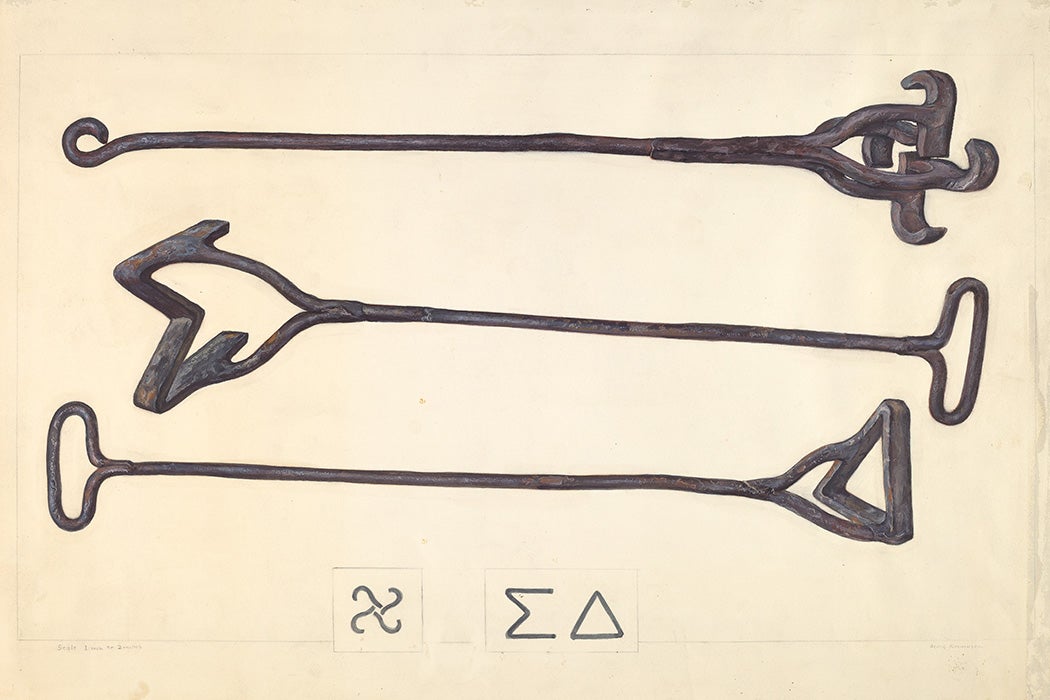The great American myth of the cowboy was built on the experience of individual workers who rounded up longhorn cattle and drove them from Texas to rail lines in Kansas after the disruption of the Civil War. But the beef industry became big business soon enough. And these sagebrush kings eventually found themselves sidelined.
That story is told by scholar David B. Gracy II. He argues that the most important thing in the history of the rise of the cattle industry was information. And it became more so as the role of the cowboy declined.
The management of information in the cattle trade “became as central to the rise of the industry as the breeding of meatier stock.” Issues like who owned what, market prices, and the location of the cheapest shipping options led to new information occupations, like brand inspectors and bookkeepers.
As the beef business grew and became organized hierarchically, it also became international in scope. By the mid-1880s, the cattle industry was big business. The longhorn was being replaced by the Hereford, which is still the world’s most popular breed of cattle. And the much-romanticized era of the open range was over. Fencing was now the rule, with huge territorial spreads, some bigger than the entire state of Rhode Island, becoming the new organizing principle. This consolidation and corporatization “changed the cattle business more fundamentally,” argues Gracy, than anything else during the half century between the Civil War and World War I.
This period also saw an influx of foreign investment into the “Beef Bonanza,” as one book subtitled “Or How to Get Rich on the Plains” had it. “Britons especially poured out staggering sums for ranching domains,” writes Gracy. Texas’s 1.5 million–acre Matador Ranch, for example, was run from headquarters in Dundee, Scotland.
Weekly Newsletter
If the rise of the beef barons was about data, then the earliest information technology available to them was the brand. Individual animals were marked with hot irons shaped in unique patterns to show ownership. These brands were, ideally, both readily legible and rustler-proof. As trail boss Abner Blocker explained, you wanted a “brand that no damn’ brand-runner can change.”
Old-line cowmen, used to running things from the saddle, thus ran into modern, top-down corporate structures where data was king. “To monitor their investments, the stakeholders required formal reports for inspections and activity in monthly, quarterly, and/or annual periods,” writes Gracy. Many a cowboy didn’t like the new era: Cowpoke Lou Gatlin “protested that he was hired to work cattle, not keep records.”
Sorry, pardner.
Support JSTOR Daily! Join our new membership program on Patreon today.







